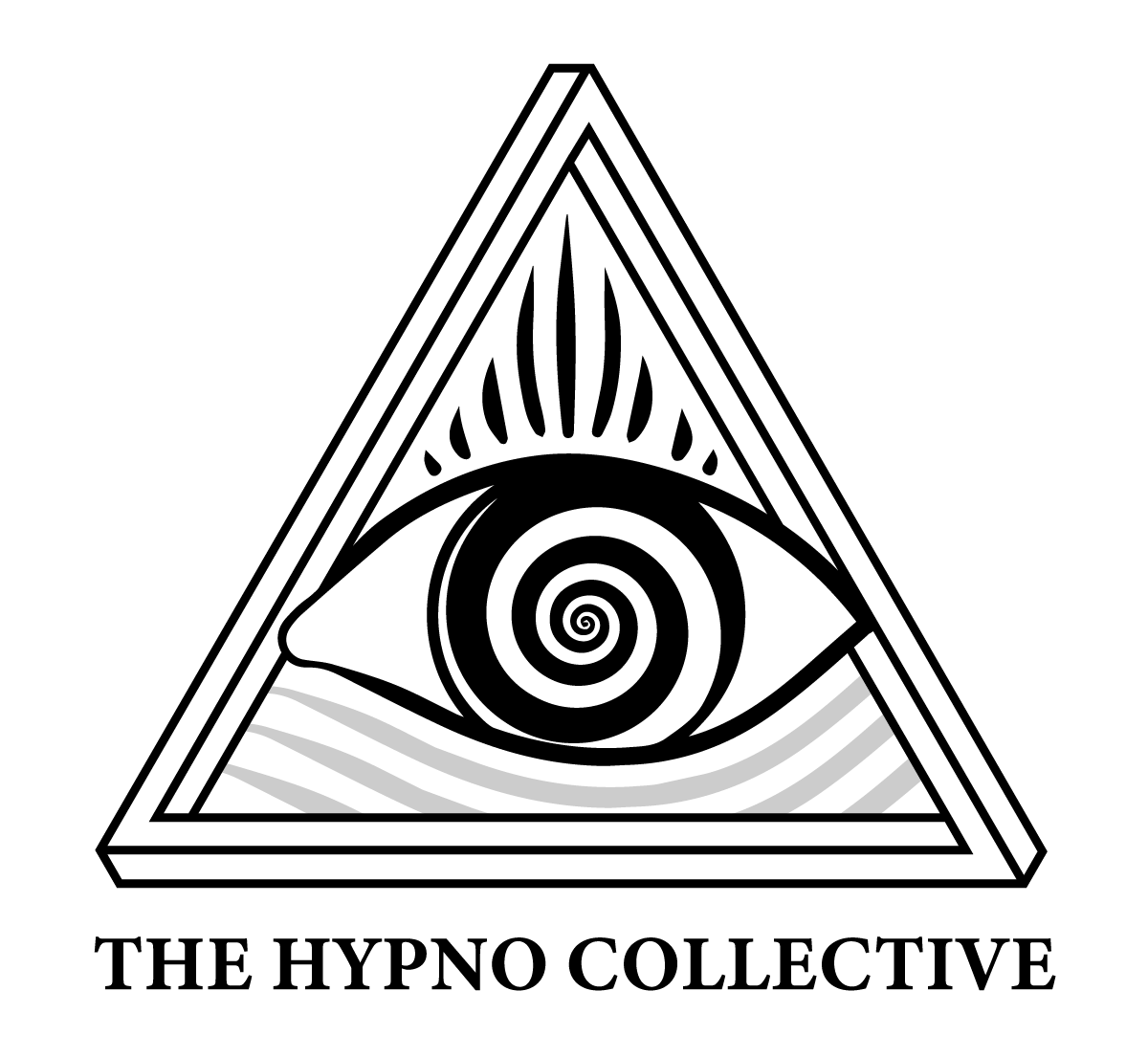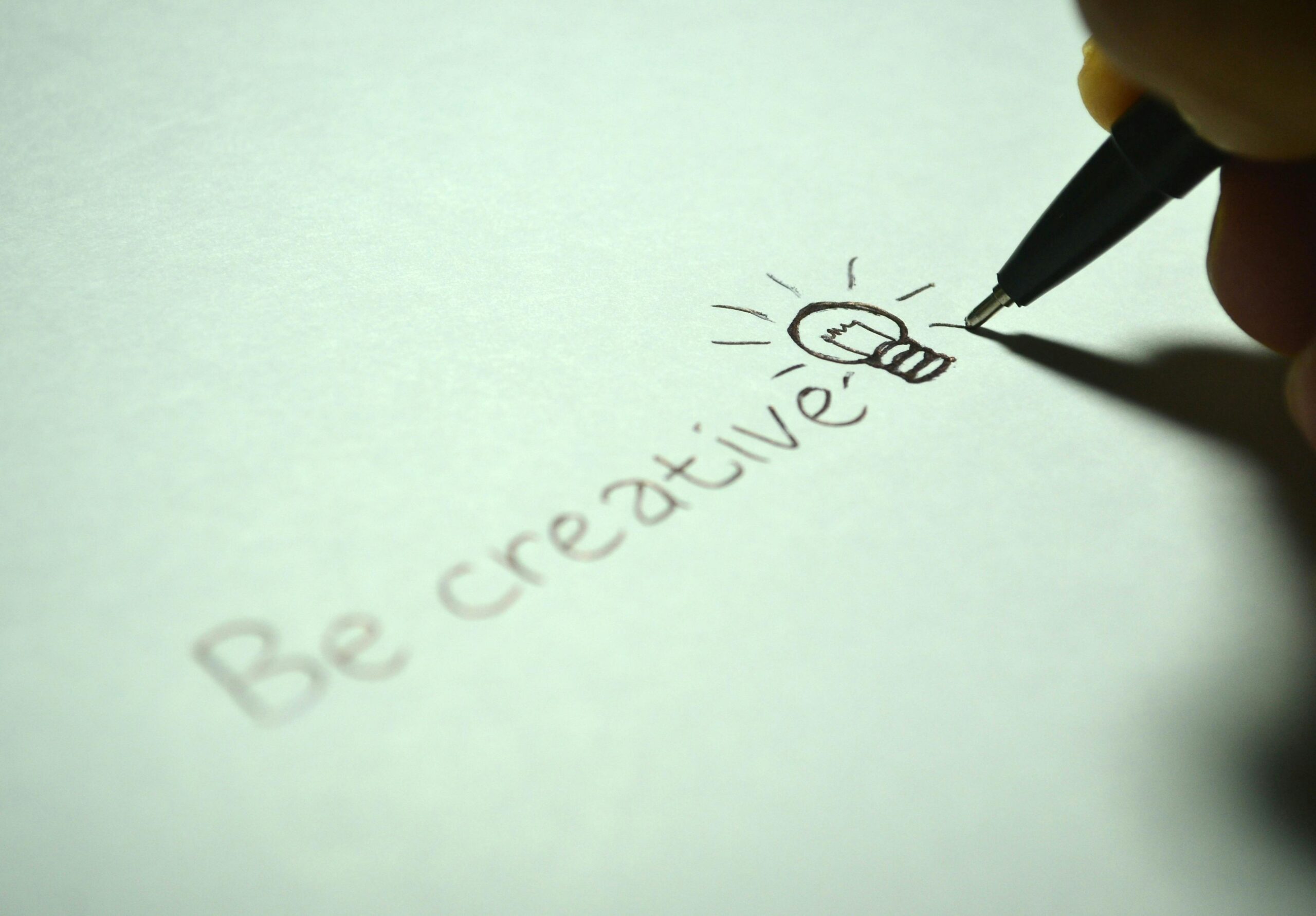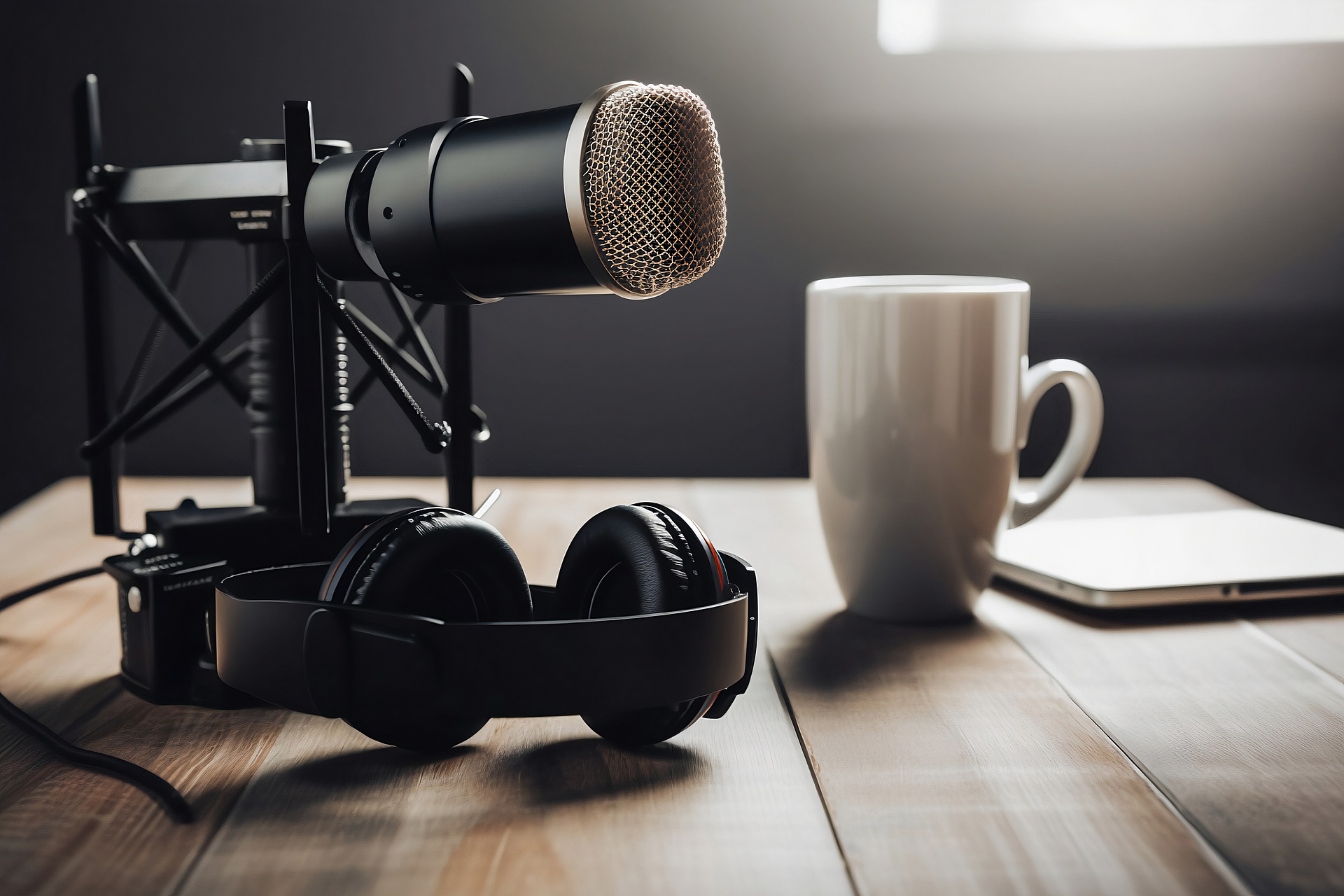
Article by Cammie Dawn
“You’ve probably gotten this question a ton but, do you have any tips or resources on writing a hypnosis induction for the first time? I’m writing a story involving hypnokink and I’ve only been a subject in real life”
The general advice I have is to listen to long form files by prominent hypnotists within the community and take notes on their styles and flows. I have often noted that one of the best way to learn hypnosis is through experience.
Of my two certification courses the second one, run by Wiseguy, included the invaluable piece of wisdom “The best hypnotic induction is the one that works.“
Also check out a set of Zebu cards or download a PDF that contains their write-ups. Zebu Cards are prompts for Ericksonian phrases you can use and explanations of how and why they work. If you need a “how to cheat” sheet then Zebu Cards are an instant win unless you are working with someone literal minded who doesn’t deal well with indirect induction methods.
Wiseguy actually did more work training me out of those habits than anything else. Years ago I was fairly fluent in flowery and empty sentiment.
Ericksonian/NLP techniques need not sound as forced as they are in the cards but it’s a learning block.
But that’s very vague and though I truly consider it the best advice it is less actionable than working out what you wish to write… with that said here is my breakdown:
Select your audience
When writing an induction script you need to know who you are writing for. Is the audience an individual, a group of people or yourself? If it’s for an external audience then have you negotiated contents and worked out preferences or are you doing it cold?
How will the script be utilized? Is it to be studied and used as framework for an improvised scene in the moment, is it going to be read by the recipient, recorded? All these little thoughts will change how you handle things. Even a simple comment about the “sound of my voice” will have to switch up based on who is reading and under what context and for what outcome.
Modality
Hypnotic inductions tend to work on different modalities and individuals tend to have ones that they favor more than others. During a pre-talk in a negotiation or a cold session the hypnotist tends to test out preferred modality via susceptibility tests.
It’s best when doing something where you do not know for sure what will work to mix in a number of different modalities and request feedback if that is possible for you. Some examples are visual fixations, audio fixations and kinesthetic fixations. I sometimes put emotional fixations in with kinesthetic but that is preference based.
What I mean by this is if you know how a person processes information then present them their induction in that method. For myself I am very feeling and sensing and so being asked to feel sensations of my body is better than utilizing visual imagination or audio cues.
“As you hear the sound of my voice and all distractions fade away you can listen to your breathing and notice it becoming softer and slower, the gentle beat of your heart may follow down into that gentle rhythm” is a slightly overt version of a line from an audio script.
“And you’ll see that you’re already starting to drift down. Can you picture it. You laying down as your slack arms sink down, are your eyelids fluttering, I wonder? It’s okay if they are, because you can still watch as you sink deeper even with your eyes resting closed” for visual.
“With every moment that passes you drift more and it feels so good to just let go and relax deeper now. Feeling your lungs empty of air and noticing perhaps how relaxing that is. Do you feel relaxation as a tingling in your head or a lightness in your skin? Either way it feels so good to just drop deeper and so you can let go even more for me now.” for kinesthetic.
Direct/Indirect
As you may see I usually lean more indirect than direct in my inductions. I have been taught by some incredible partners how to code switch into direct for dramatic effect. They reward me so very well with whimpers and delight, I feel I must perfect the technique for them.
A mix is always good but an induction, particularly when rapport and intent are not carrying you, should always lean in on your strong suit. Only you will know your style. Play around in the space, see what you can find.
The Induction Starts With Negotiation
This one is a bit obvious but every hypnosis session begins before the hypnotee agrees to begin. If you post a hypnotic audio on YouTube then the summary and preamble are not just there to list the contents they are there to set expectation.
Do not misunderstand and believe that mind control happens before consent. What I mean is that expectation is an active part of the induction.
This can be in carrying confidence of tone “This file will use my voice to draw you into an impossibly deep trance” is more evocative than “I want to try and do some test inductions and want anyone who listens to experience a deep trance” while having much of the same information.
Plus the first example has an indirect suggestion that ties the sound of my voice to the action of you being drawn into trance. Just like the sentence I’m typing right now is a promise that you’d fall under my spell if I were to will it so.
Tone and expectation are important tools and being able to embody the role and work towards your goal at all times is important. Don’t be a jerk about it, just be confident. Knowing you will succeed and convincing someone else you can and will do it makes it so. Hypnosis tends to be a self-fulfilling prophecy.
Wrap safety in
In the same vein, I would always recommend to do the old “if anything comes up that requires you to exit this scene you can and will handle it knowing the script/file/opportunity will be waiting for you” and such. Hypnosis is a bond of trust between consenting individuals and a hypnotist must do their best to protect their hypnotee while they are entrusted to them as a hypnotee must be responsible with the practice of hypnosis so a hypnotist can trust the process with them.
If it’s 1-on-1 then ask for limits, try to find out what will make it a pleasant experience, make your own requests if there are areas you want to explore.
After all the last and most important tip is always going to be…
Have fun!







